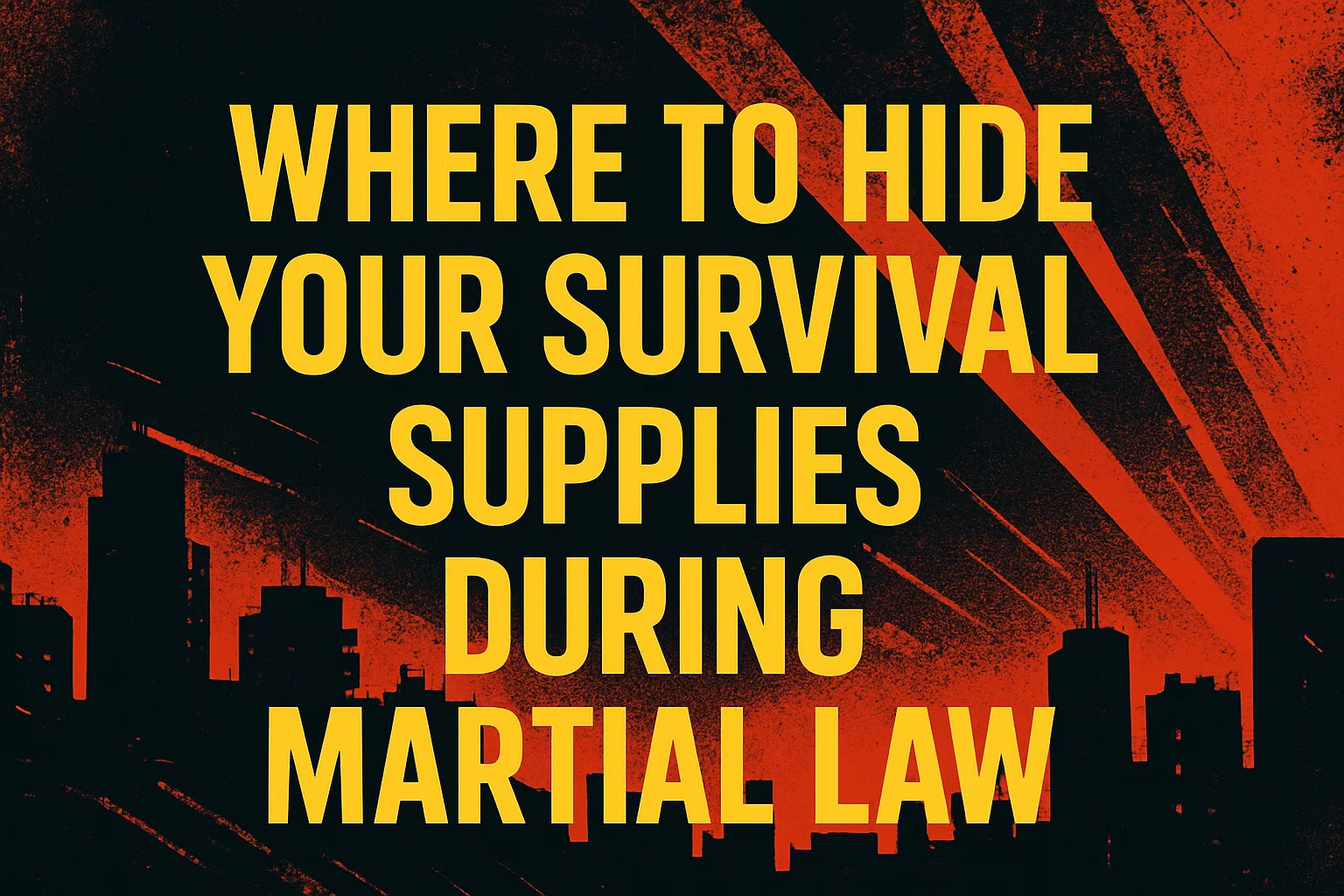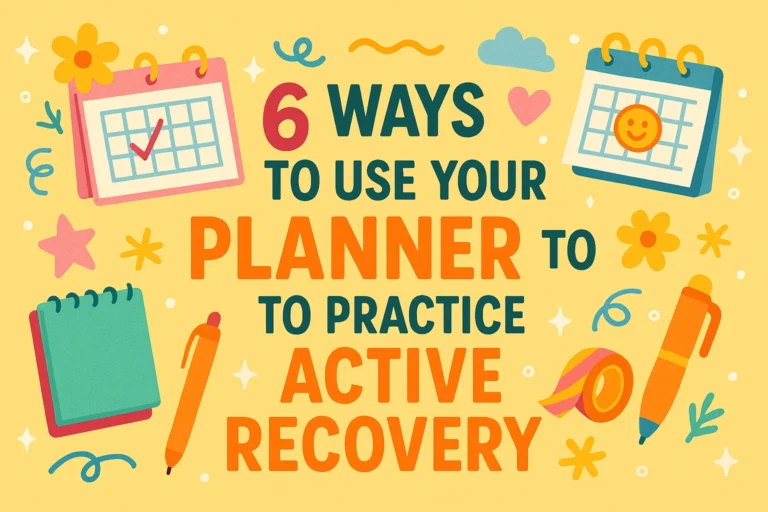Creative Survival Stuff Ideas 15 Clever Hiding Spots for Martial Law Essentials
Alright, let’s get straight to it. You’re not here for fluff. You’re here because you get it. The world can get weird, fast, and the last thing you want is some overzealous individual poking through your carefully curated preps because you stashed them in the cookie jar.
I’ve been down this road. My first “cache” was an ammo can under my bed. Real genius-level stuff, right? It didn’t take long to realize that if things go truly sideways, the obvious spots are the first to get ransacked. We need to think like squirrels with a PhD in misdirection.
So, grab a drink, pull up a chair, and let’s talk about some seriously clever hiding spots for your martial law essentials. This isn’t about paranoia; it’s about smart, creative preparedness. IMO, it’s one of the most overlooked aspects of survival planning.
Why Obvious Hiding Spots Are a Terrible Idea
Let’s be real for a second. Your closet floor, the underwear drawer, the classic hollowed-out book on the shelf? These are the first places anyone with half a brain will look. It’s like hiding your house key under the doormat. You might as well just hand your stuff over with a friendly wave.
The goal isn’t just to hide something. The goal is to make it invisible by making it look like something utterly boring, mundane, or broken. We’re aiming for spots that would make a searcher’s eyes just glaze over and move on.
Ready to get creative? Let’s dive into 15 of my favorite ideas.
Inside Your Home: The Art of Camouflage
Your home is full of potential. The key is to blend your essentials into the very fabric of your daily life.
1. The “Dirty” Cleaning Supply Arsenal
Ever notice how nobody ever volunteers to clean the bathroom? Use that to your advantage.
- The Spot: Inside a large, opaque bottle of cleaning product. Think a big bottle of bleach or laundry detergent.
- The Method: Empty it completely (safely, please!), clean it out until it’s bone dry, and seal your goods in waterproof bags inside. You can even pour a little of the original product back in the bottom to sell the illusion if the bottle is ever shaken. The key is to leave it under the sink or in a cleaning caddy with other supplies. No one is going to curiously inspect your toilet cleaner.
- Ideal For: Ammo, small firearms, cash, medicine. Anything that needs to be kept dry and isn’t too large.
2. The Pantry Prison: Canned Food False-Bottom
This one is a classic for a reason, but with a twist.
- The Spot: A can of something nobody in your house actually eats. For me, it’s beets. Sorry, beet fans.
- The Method: You can buy fake-bottom cans or make your own with a can opener that leaves a safe edge. Remove the bottom, stash your gear, and reseal it. Place it in the back of the pantry. Who’s going to raid your green beans and suspect the beets are hiding a backup communication device?
- Ideal For: Small electronics, cash, water purification tablets, lock picks.
3. The Furniture Flop
Furniture is heavy, annoying to move, and often has dead space. Perfect.
- The Spot: Under the drawer of a dresser or desk. Pull the drawer all the way out. There’s often a significant gap between the bottom of the drawer and the floor. You can create a simple fabric sling attached to the underside of the drawer frame to hold items.
- The Method: Another great spot is inside the hollow legs of chairs or tables. A simple end cap can be fashioned to screw on and off, creating a perfect tube for long, thin items.
- Ideal For: Documents, knives, money, or even a takedown rifle in a table leg (get creative with the engineering!).
4. The Wall of Mediocre Art
We all have that one ugly painting or generic poster a relative gave us. Put it to work!
- The Spot: Behind a lightweight painting or wall hanging.
- The Method: Create a shallow recessed safe behind it. This requires a bit more work—you need to cut into the drywall between studs and install a hidden safe or just a simple box with a magnetic latch. Hang the art over it. It’s out in the open, which is the last place they’ll look.
- Ideal For: Pistols, passports, emergency cash, important documents.
Outside the House: Blending with the Environment
Your yard and exterior offer a treasure trove of hiding opportunities that are away from the main living area.
5. The Driest Place in the Sprinkler System
This one sounds weird, but it’s brilliant.
- The Spot: Inside a fake sprinkler head.
- The Method: You can purchase these or modify an old, broken one. It’s a small, waterproof container that sits flush with the ground. Just make sure you remember exactly which one it is in your system, or you’re in for a frustrating afternoon of digging.
- Ideal For: Spare keys, cash, micro SD cards, small items. It’s not for your entire armory, but for a crucial backup, it’s gold.
6. The Rock That Doesn’t Roll
Nature’s perfect hiding spot: the humble rock.
- The Spot: A fake rock in a garden bed full of other, real rocks.
- The Method: Buy a high-quality fake rock. The cheap ones look… well, cheap. Spend a little extra to get one with a realistic weight and texture. Don’t put it in a place that’s obviously out of place. Tuck it in among a bunch of other similar-sized rocks.
- Ideal For: Keys, small tools, cash. It’s not a huge space, but it’s great for a quick-access item.
7. The Dog Poop Cache (No, Seriously)
Hear me out. This is the ultimate psychological deterrent.
- The Spot: A fake dog poop bag.
- The Method: They make these! It’s a small, sealed, waterproof bag designed to look like the real, unfortunate deal. You can toss it in a bush, near a fence line, or even in a trash can. I guarantee you, 99.9% of people will actively avoid touching it. It’s the perfect disguise.
- Ideal For: A small backup fire starter, water purifier, or a folded-up map. It’s small, but sometimes that’s all you need.
In Plain Sight: The Psychology of Boredom
The best hide is the one everyone sees but their brain completely ignores because it’s just too boring to process.
8. The Junk Drawer Chaos Locker
Every house has one. A drawer filled with random batteries, old keys, bits of string, and takeout menus. It’s a black hole of miscellany.
- The Spot: Buried in the junk drawer.
- The Method: Get a container that looks like it belongs. An old mint tin, a beaten-up eyeglass case, or a non-descript cardboard box. Put your valuable items inside and toss it in the drawer. It will camouflage itself among the chaos. A searcher looking for a shiny new gun won’t bother with a drawer full of what looks like literal trash.
- Ideal For: Small valuables, jewelry, coins, a small multitool.
9. The Working Appliance Illusion
Things that look functional and slightly complicated are often left alone.
- The Spot: Inside an old, plugged-in electronics box.
- The Method: An old computer tower case that’s not actually connected to anything, a non-functional VCR or stereo receiver. You can gut the electronics and use the space inside. Leave it plugged in with a power light on if you can. It sells the effect that it’s a working piece of equipment, not a storage unit.
- Ideal For: Larger items, documents in tubes, communication equipment.
Vehicle Caches: Mobile and Misdirected
Your vehicle can be a liability or an asset. Let’s make it an asset.
10. The Spare Tire Treasure Trove
The trunk is a common search area. The spare tire compartment? Less so, especially if it looks like a hassle.
- The Spot: Inside the compartment that holds your spare tire.
- The Method: This isn’t in the spare tire, but in the well around it. You can create a false floor above the actual spare tire. It’s a deep, out-of-the-way space that requires effort to access. Most inspections will be a quick glance into the trunk, not a full unpacking.
- Ideal For: Get-home bag supplies, extra food, water, tools, a jacket.
11. The Door Panel Pocket
Car doors are hollow. Need I say more?
- The Spot: Inside your car door panel.
- The Method: This requires you to learn how to pop off the interior door panel of your specific vehicle (YouTube is your friend here). It’s not usually hard. Once it’s off, you have a large, hollow space. Be mindful of window mechanisms. You can secure items in place with zip ties. Then just pop the panel back on.
- Ideal For: A pistol, a knife, a small medical kit. Something you might need access to but want to keep hidden from plain view.
The Golden Rule of Cacheing
No matter how clever your spot, it’s useless if you forget where you put it or if it’s compromised by one person.
- Tell No One: This is the most important rule. The only person who should know about your caches is you. Maybe one other absolutely trusted family member. The second you tell a friend, you’ve multiplied your risk exponentially.
- Map It (But Not a Real Map): Don’t draw a literal treasure map. Use a personal code. Note the location in a way that only you understand. For example, in your contacts list, create a person named “Aunt Betty” and use the address field to note the GPS coordinates of your sprinkler head cache. Get creative.
- Practice Access: Can you get to your cache quickly and quietly in the dark? If not, practice. You don’t want to be fumbling around when seconds count.
Wrapping It Up: Peace of Mind Through Creativity
Look, we all hope we never, ever need to use these ideas. But having a few clever hiding spots gives you a incredible peace of mind. It turns panic into preparedness. It’s not about being scared; it’s about being smart.
The best hide is the one nobody ever thinks to look in. So look around your space with new eyes. Where does your gaze just slide right over? What looks so boring it’s practically invisible? That’s your new gold mine.
Stay sharp, stay creative, and hopefully, this list got those gears turning. What’s the most clever spot you’ve ever used or heard of? FYI, my beets are officially off-limits 😉







